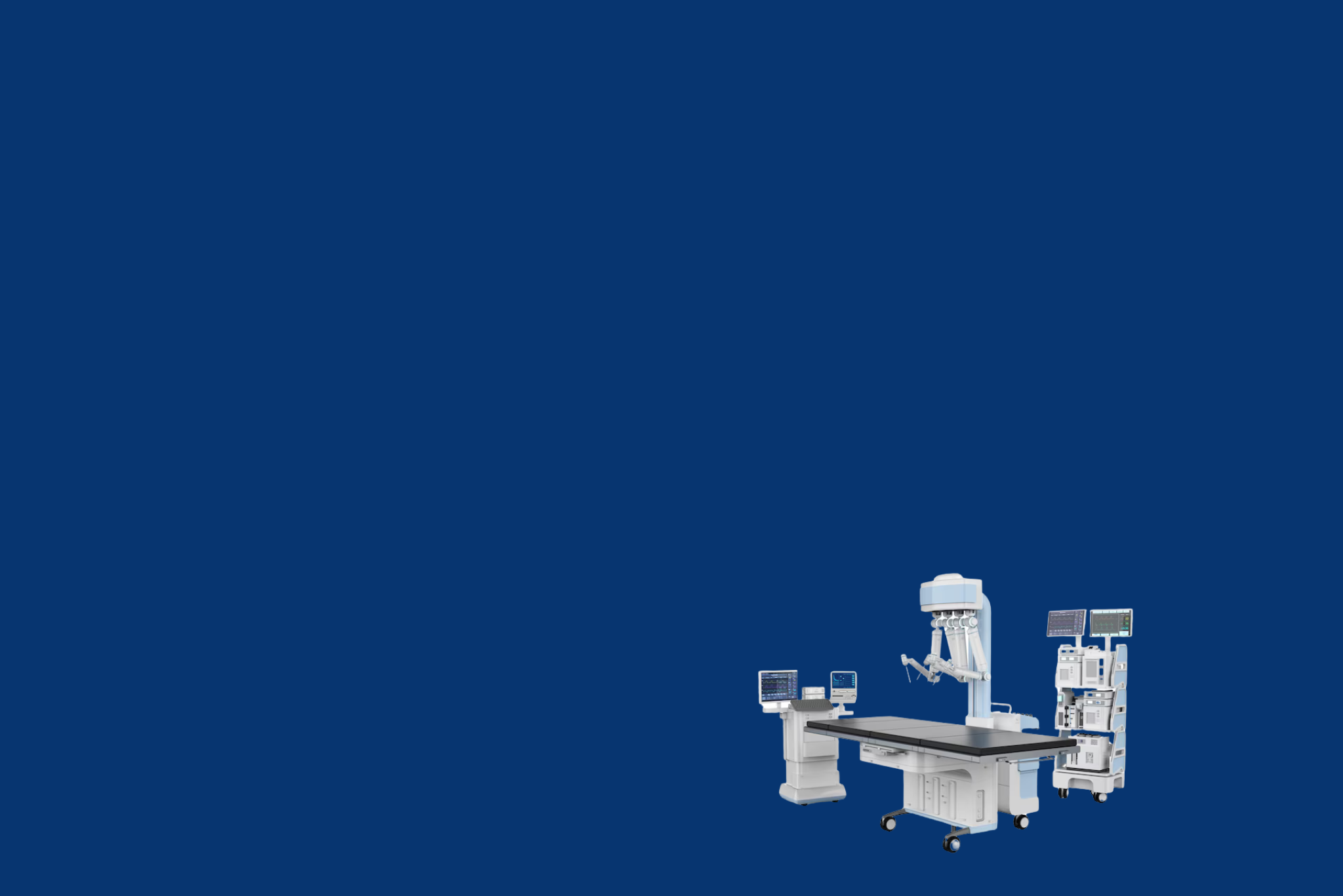overview
Laparoscopy is a keyhole surgery performed through small incisions in the abdomen using a laparoscope—a thin tube with a camera and light. It allows surgeons to diagnose and treat abdominal and pelvic conditions such as gallbladder removal, hernia repair, appendectomy, gynecological surgeries, and more. This approach minimizes trauma to the body, reduces hospital stay, and leads to faster healing compared to traditional open surgery.
Similarly, Arthroscopy is a minimally invasive procedure used to diagnose and treat joint problems, especially in the knee, shoulder, elbow, ankle, and wrist. A small camera called an arthroscope is inserted into the joint through tiny incisions, enabling surgeons to view the joint interior on a monitor. Arthroscopy helps in repairing torn ligaments, removing damaged cartilage, treating inflammation, and other joint-related issues with minimal disruption to surrounding tissues.
Features
Both laparoscopy and arthroscopy offer significant advantages including smaller incisions, less postoperative pain, reduced risk of infection, shorter hospital stays, and quicker return to daily activities. These techniques also allow for precise surgical interventions under direct visualization, improving overall outcomes and patient satisfaction.
Key Features of Laparoscopy & Arthroscopy:
- Minimally invasive abdominal and pelvic surgeries
- Small incisions with camera-guided precision
- Common procedures
- Minimally invasive joint diagnosis and treatment
- Used for knees, shoulders, elbows, wrists, and ankles
- Repairs ligaments
- Experienced surgeons and anesthetists



